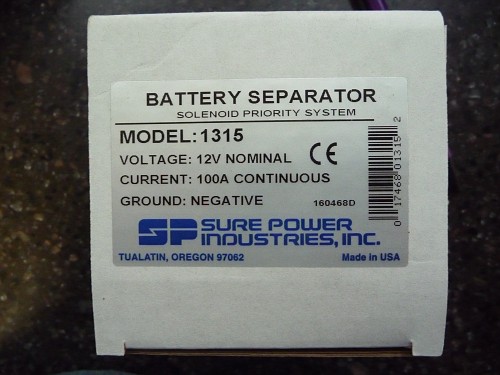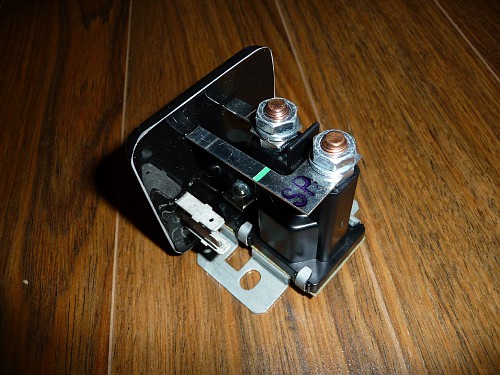TrailTrackers
Observer
Am I missing something or is this not a super easy/inexpensive/durable setup?
http://www.perfectswitch.com/power-gate/battery-discharge-controllers/dual-rectifier-isolator/
Thanks,
Kye
One question... Am I missing something? I can't find a single website that has a price for this thing. How do you know they are inexpensive? Did you call them during the week?
I just finished reading all about these units and had decided to seriously consider making a purchase. I just wanted to know how much they cost. Past experience, imo, has shown that any company who doesn't list their prices online has such high prices that they need to personally talk to you so they can "talk you into" buying it.







